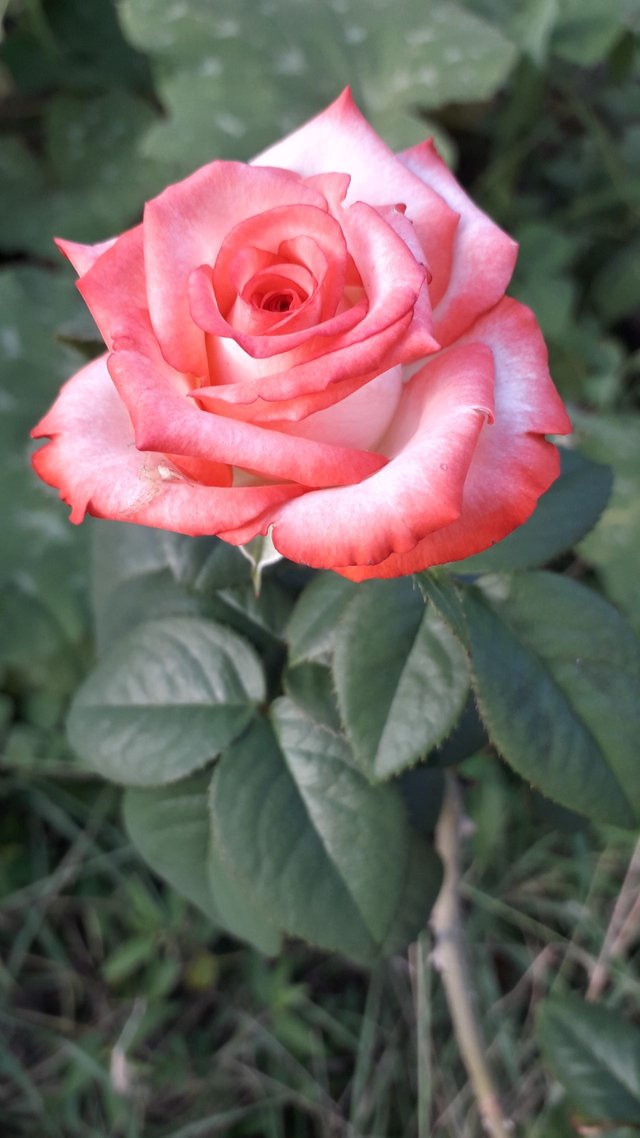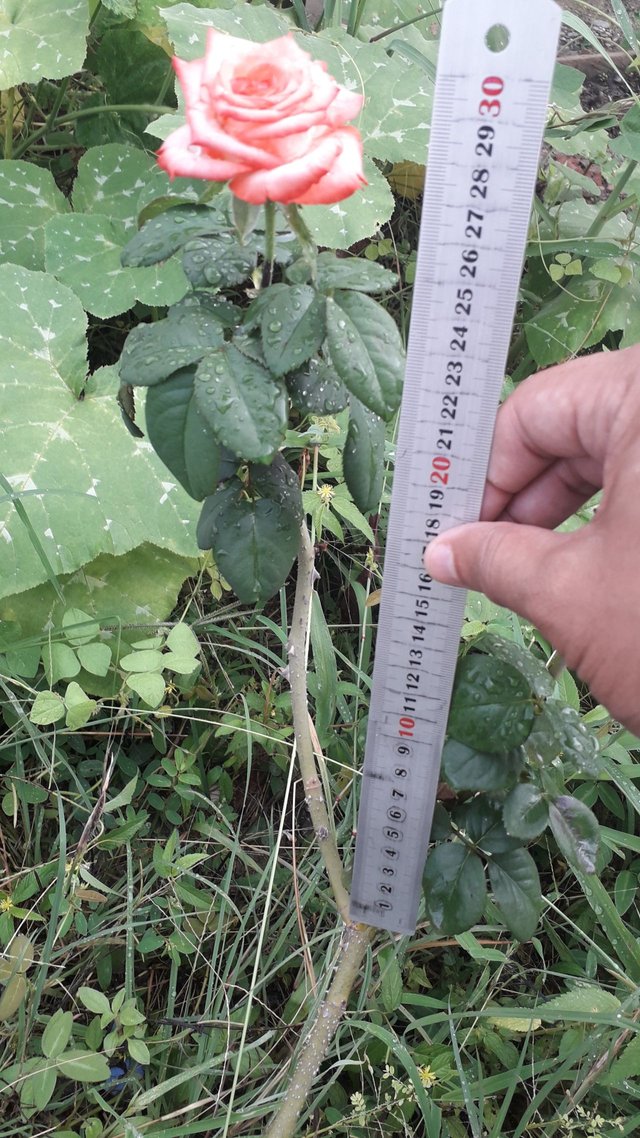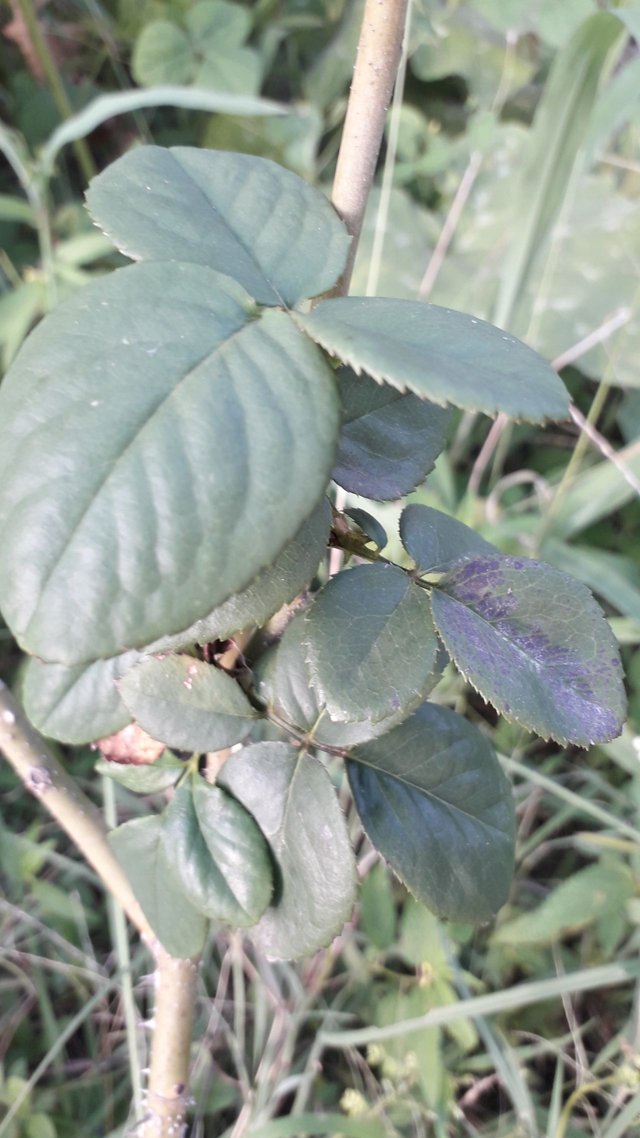The Rose (Rosoideae)#24

Continuing with the work of investigation and photographic papers of the small natural world and of other spaces, The Rose (Rosoideae), it is important to know Division: Magnoliophyta Class: Magnoliopsida Subclass: Rosidae Order: Rosebushes, There Exists a grab scale of variety of of rose more from 35000 to 40000 including the diverse hybridizations, for this case of variety this type of rose measures between 30 to 40 cm.

This variety demonstrates slightly woody stems, almost always erectos, which can notice the characteristic, where some of rough and scaly texture, of dark green, covered color of thorns.

Between the reproductive strategies, there include with relative facility the hybridization, that is to say, the crossing between individuals of two different species, due to which the pollen of a species can fertilize any other one. The hybrids between certain species cannot turn out to be viable, or develop vegetativamente and in this case, they are partial or completely sterile (Gustafsson 1944).information consulted in Roses of Aragon and nearby grounds: 2nd edition corrected by Pedro Montserrat Recoder, Daniel Gómez García, José Vicente Ferrández Palacio, 2016.

About the flower I share it following, They are finished, hermaphrodite flowers, a radial symmetry is demonstrated with the characteristics actinomorphic managing to develop big petals, more you fascinated of the rose it is his chemical composition contained in the petals the oil has the properties of revitaliza the cells of the most interior layers, the fibroblastos, dermal producing cells of colágeno, elastina and acid hialurónico, that grace to that consists of terpenos and derivatives of greasy, such acids as: citronelol, geraniol, alcohol fenetílico, nerol, hexacosano, nonadecano, linalol, β-Ionona, eicosano and compound others important reading partner.
Also it is necessary to bear in mind that the particular smell, of every this rose is related to the color that his petals take.
The complementarity of the meticulous study of the morphology to individual scale with the analysis of the populations, in wide territory and a very varied ecology, it turns out to be essential, for the morphologic recognition of the pure species and from there, the interpretation of the hybrids and of his preponderance in certain ecological conditions.information consulted in Roses of Aragon and nearby grounds: 2nd edition corrected by Pedro Montserrat Recoder, Daniel Gómez García, José Vicente Ferrández Palacio, 2016.
This work of investigation and papers photographic was realized by the camera of my J4 of models of cellular Samsung, in the way of HD.

[1]—Roses of Aragon and nearby grounds: 2nd edition corrected by Pedro Montserrat Recoder, Daniel Gómez García, José Vicente Ferrández Palacio, 2016.
This post has been voted on by the SteemSTEM curation team and voting trail. It is elligible for support from @curie and @minnowbooster.
If you appreciate the work we are doing, then consider supporting our witness @stem.witness. Additional witness support to the curie witness would be appreciated as well.
For additional information please join us on the SteemSTEM discord and to get to know the rest of the community!
Thanks for having used the steemstem.io app and included @steemstem in the list of beneficiaries of this post. This granted you a stronger support from SteemSTEM.